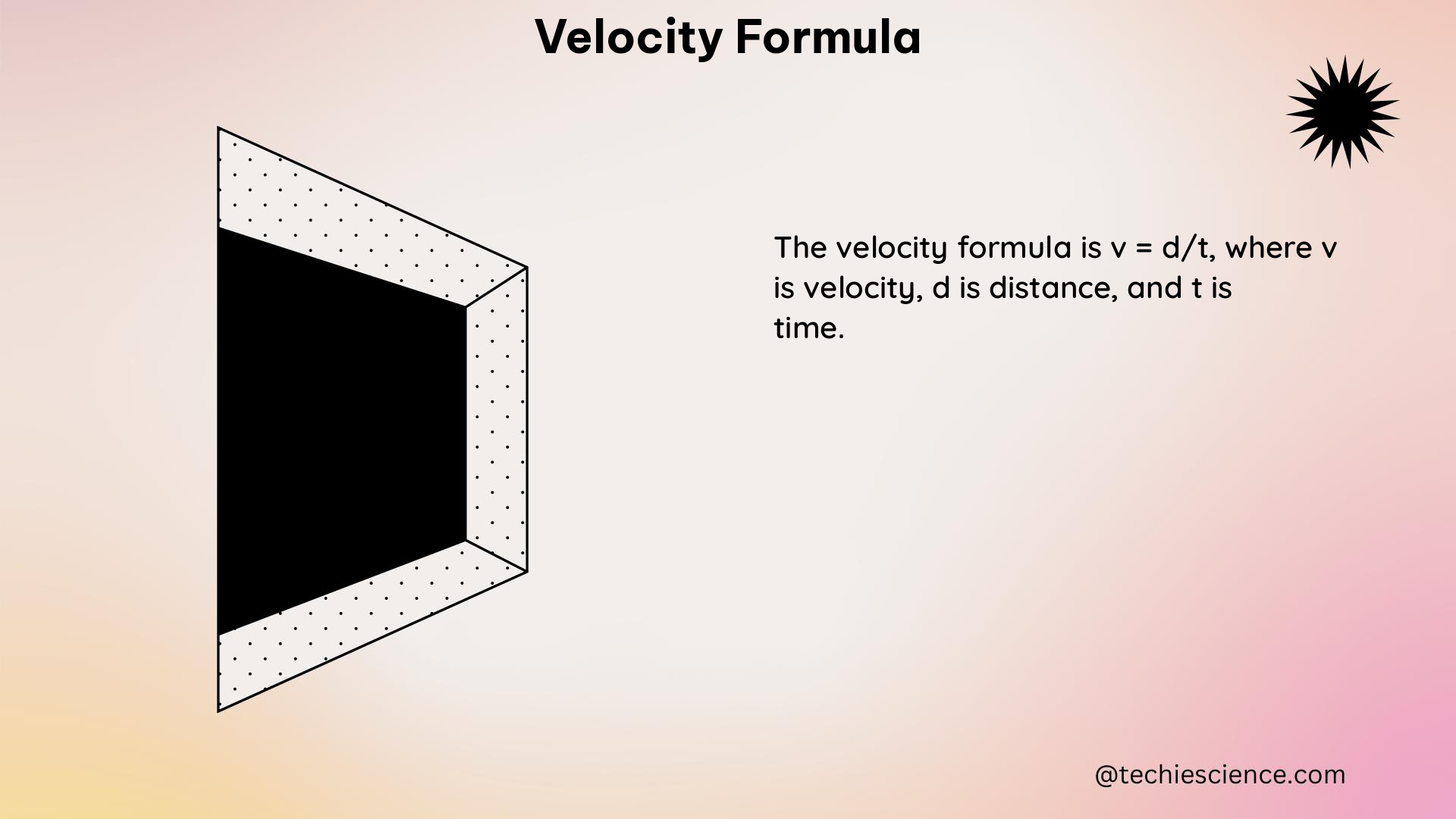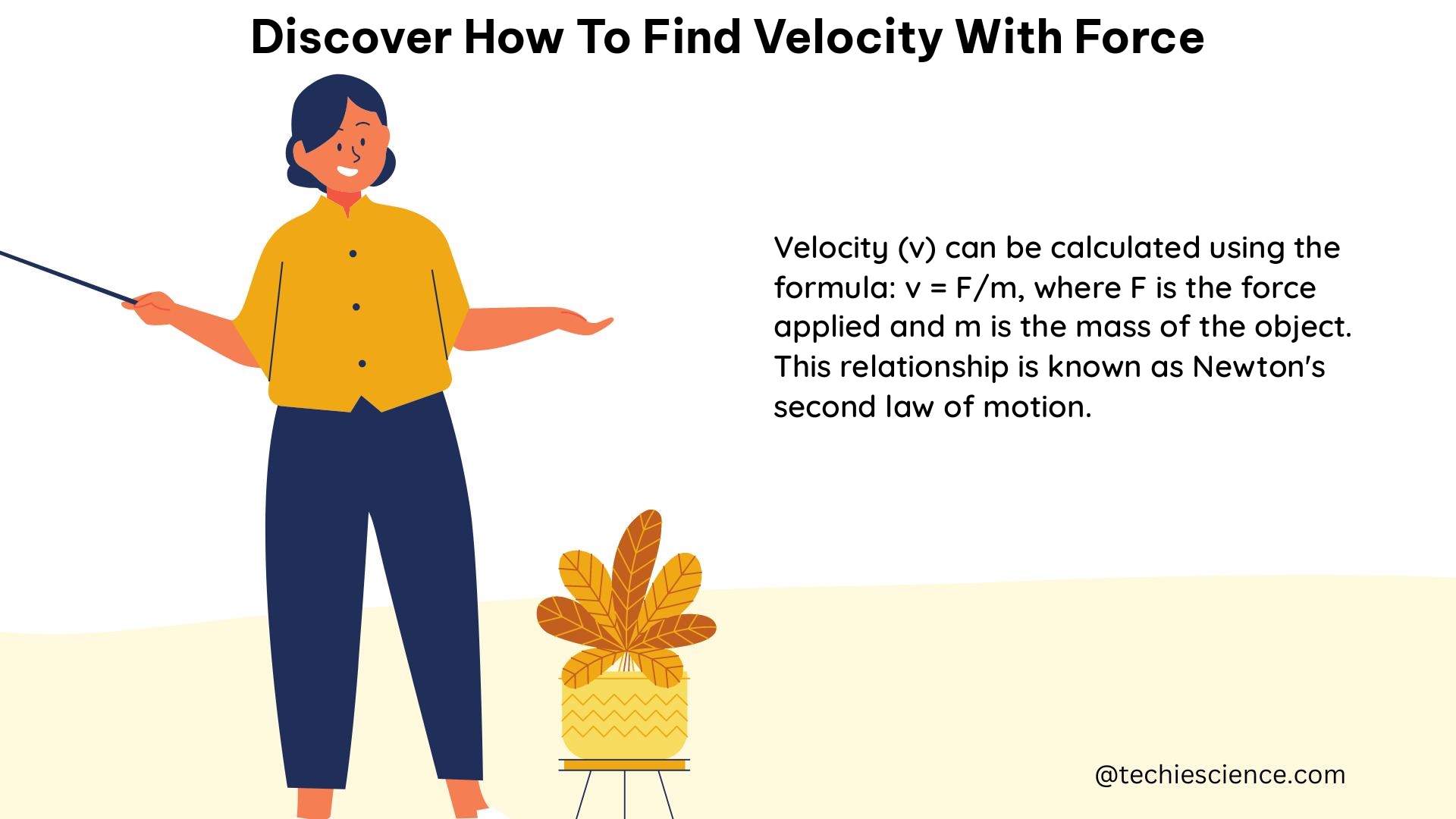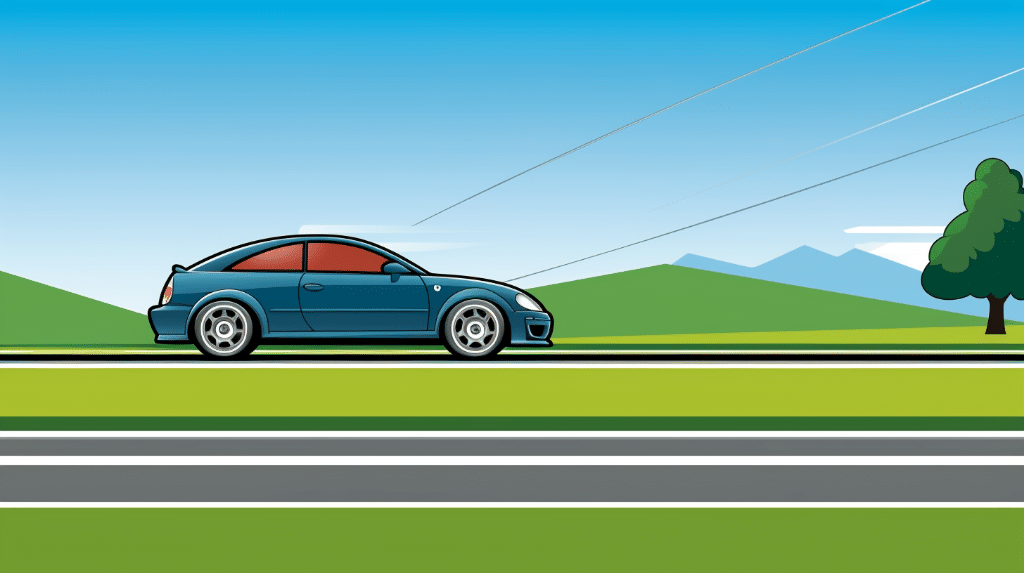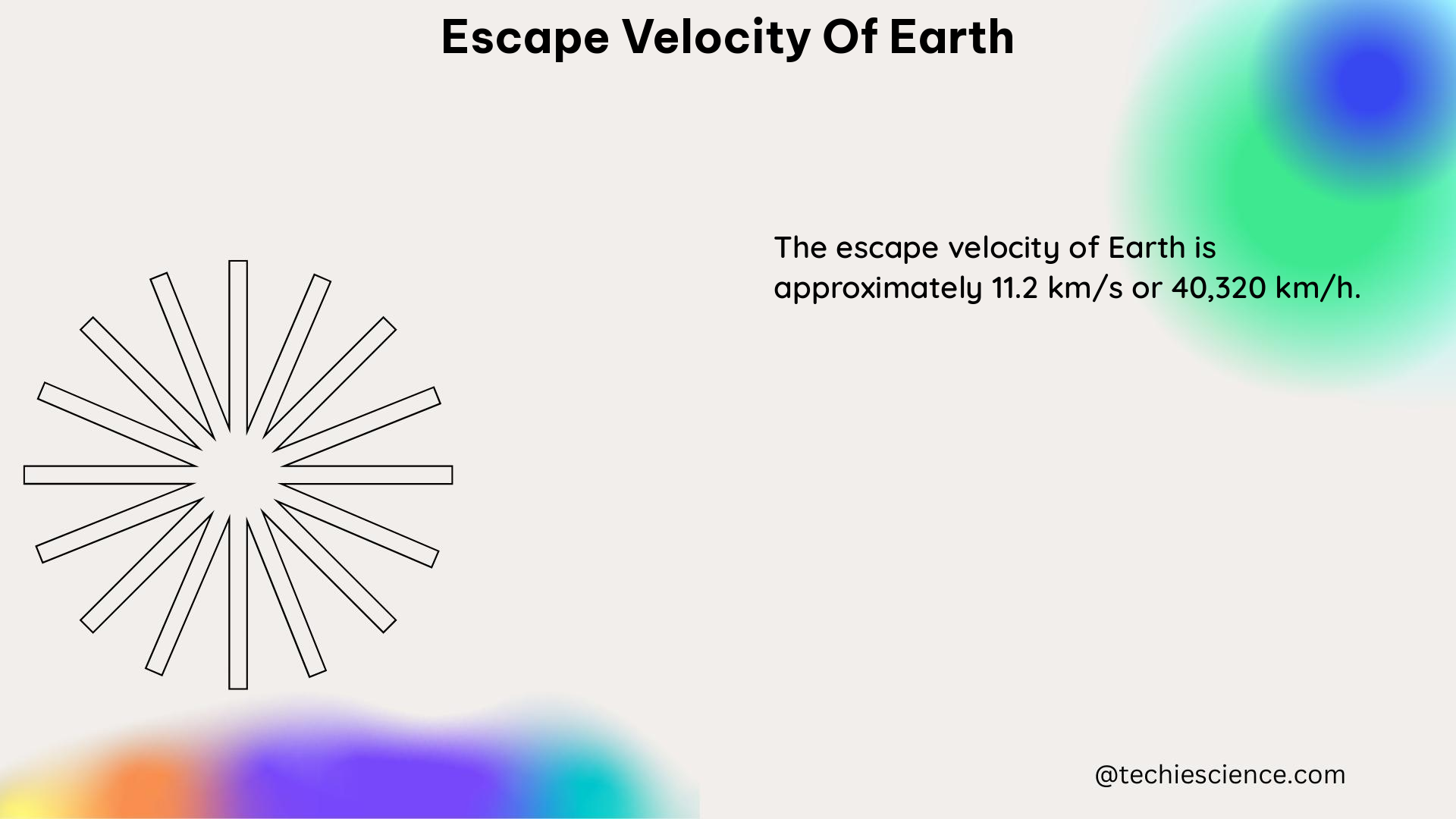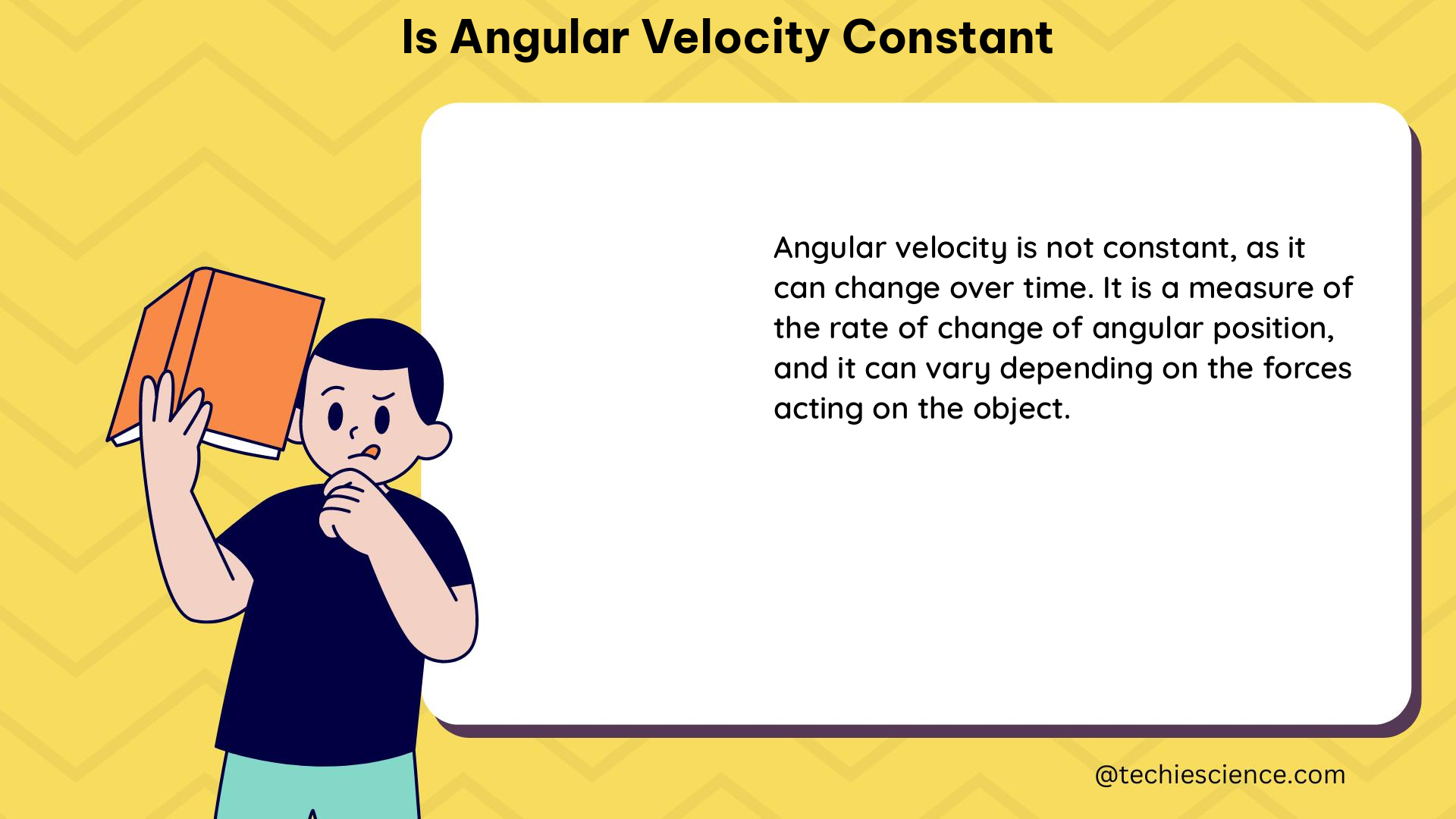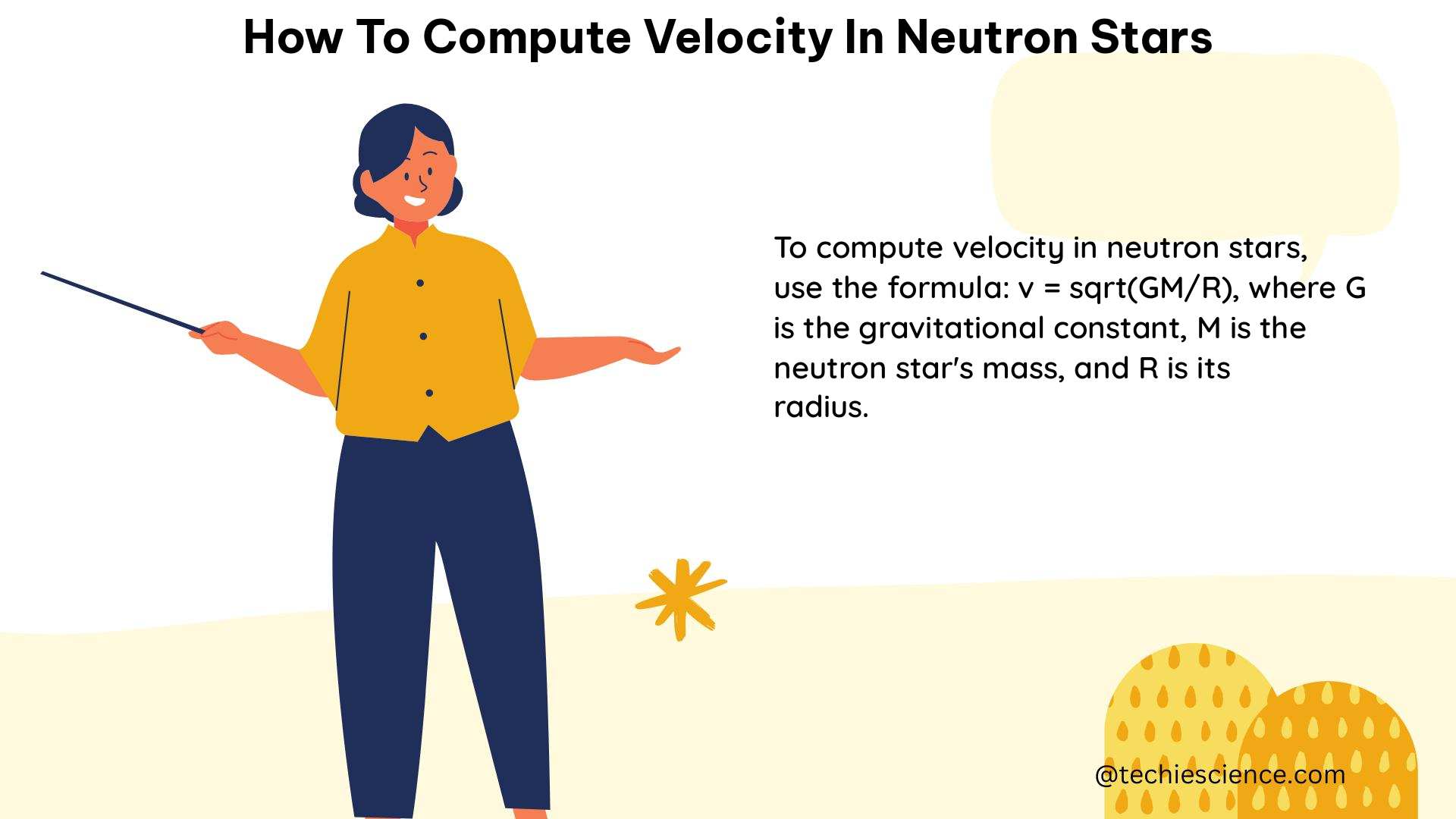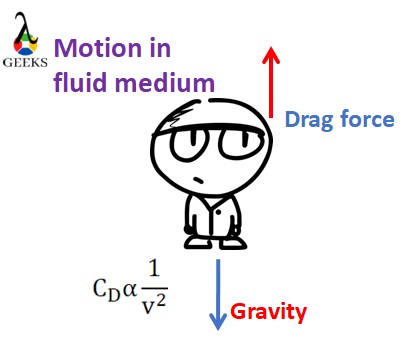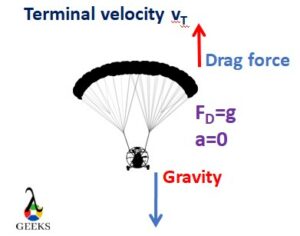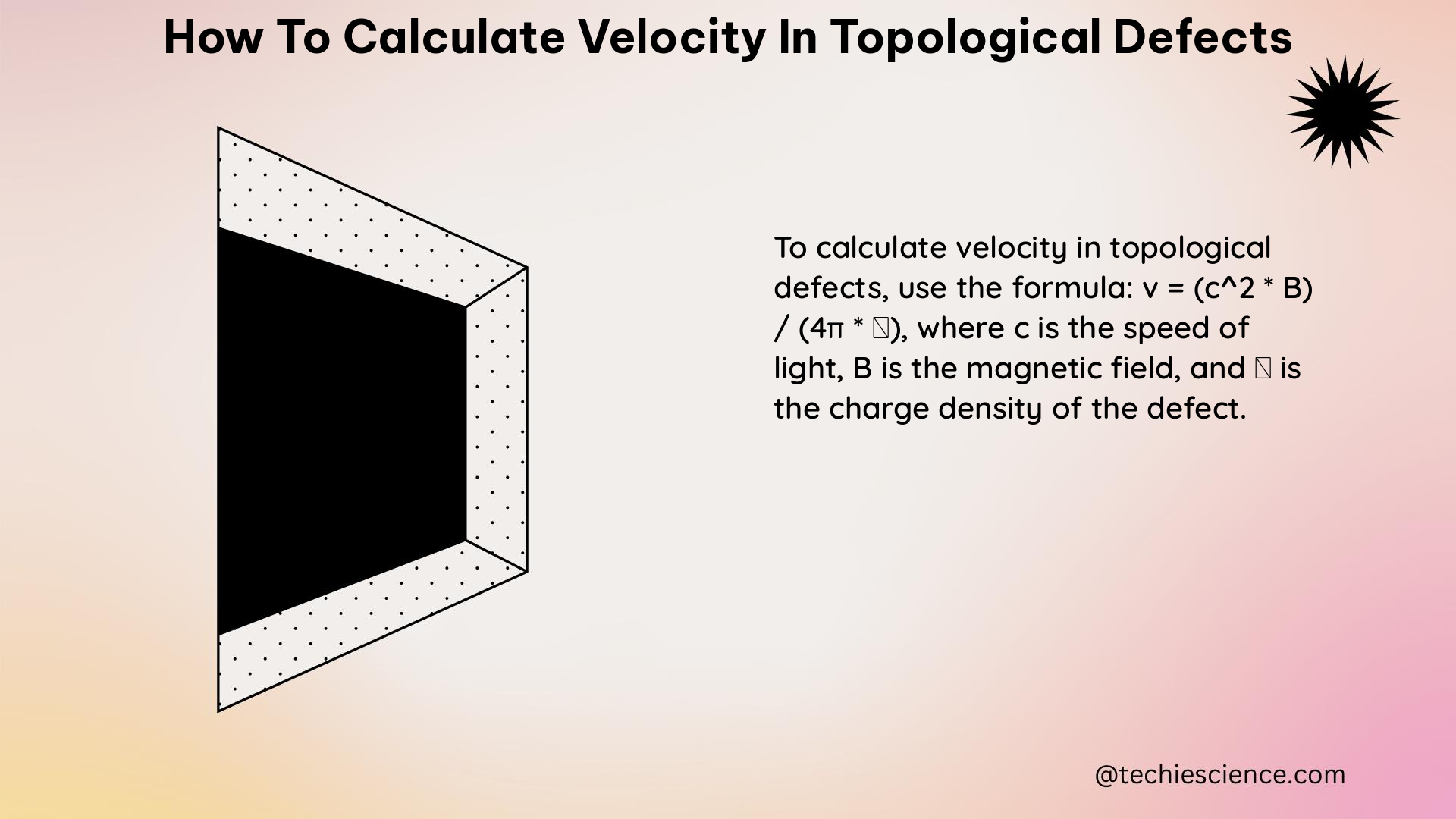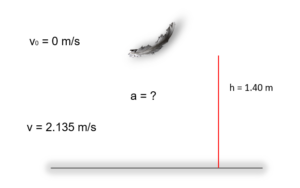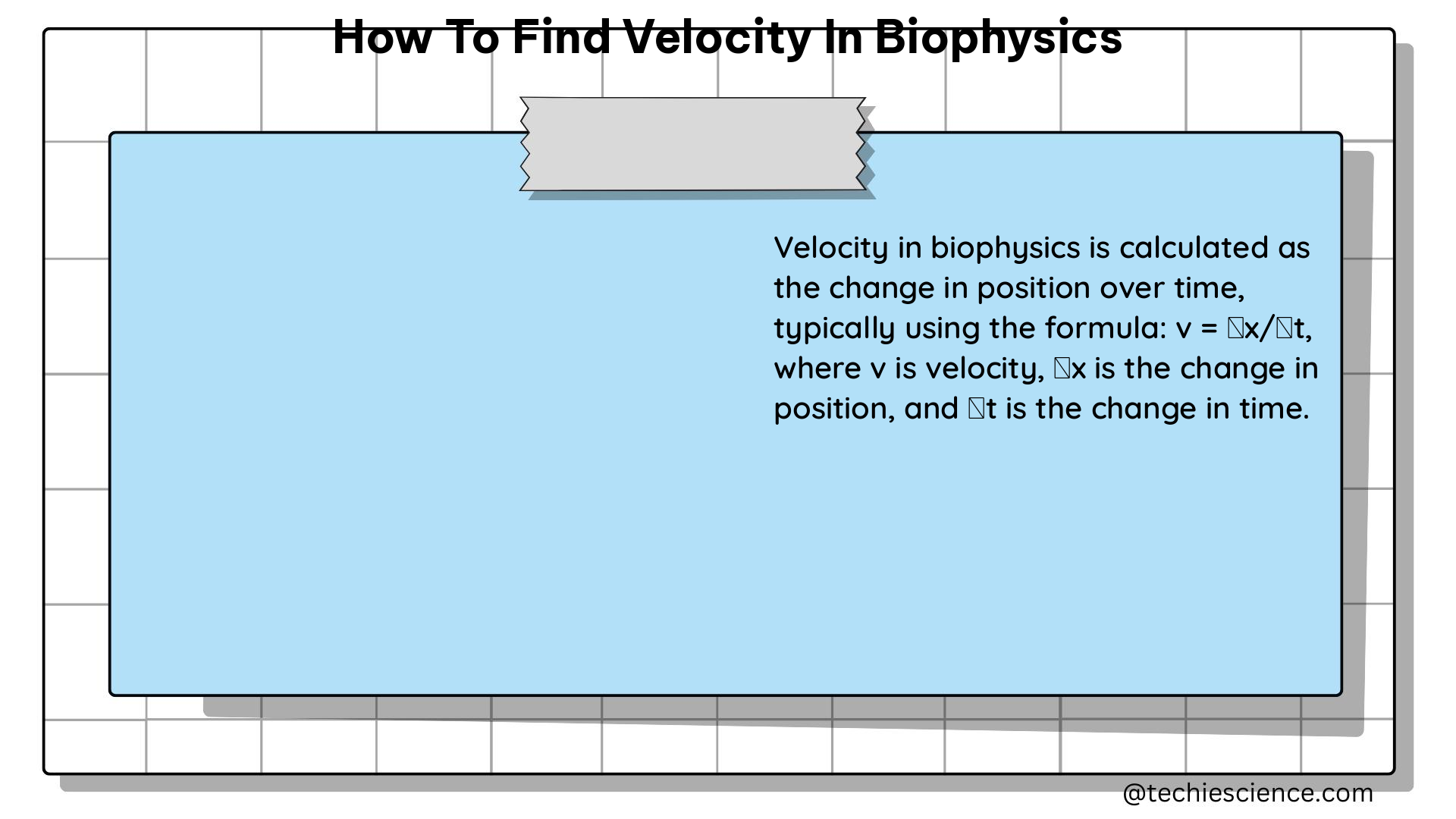Constant velocity refers to the motion of an object where its speed remains unchanged and its direction of motion remains constant over time. It is an essential concept in physics and is often used to analyze various kinds of motion, such as linear motion or motion along a curve. In this blog post, we will explore how to find constant velocity, the factors that influence it, and its practical applications.
How to Calculate Constant Velocity

The Equation for Constant Velocity
To calculate constant velocity, we use the equation:
![]()
This equation states that the constant velocity is equal to the change in position divided by the change in time. It provides a straightforward way to determine the velocity of an object when its speed remains constant.
How to Use the Constant Velocity Formula
Let’s break down the steps involved in using the constant velocity formula:
- Determine the initial and final positions of the object.
- Calculate the change in position (Δx) by subtracting the initial position from the final position.
- Determine the time elapsed between the initial and final positions.
- Calculate the change in time (Δt) by subtracting the initial time from the final time.
- Substitute the values of Δx and Δt into the constant velocity formula to find the velocity.
Worked Out Examples on Calculating Constant Velocity
Now, let’s work through a couple of examples to solidify our understanding of constant velocity calculations.
Example 1:
Suppose a car travels 100 meters in 20 seconds along a straight road. What is its constant velocity?
Given:
Initial position (x1) = 0 meters
Final position (x2) = 100 meters
Initial time (t1) = 0 seconds
Final time (t2) = 20 seconds
Using the formula, we can calculate the constant velocity:
![]()
![]()
Therefore, the car’s constant velocity is 5 meters per second.
Example 2:
Suppose a person walks a total distance of 1200 meters in 10 minutes. What is their constant velocity?
Given:
Initial position (x1) = 0 meters
Final position (x2) = 1200 meters
Initial time (t1) = 0 minutes
Final time (t2) = 10 minutes
Converting minutes to seconds:
Initial time (t1) = 0 minutes × 60 seconds/minute = 0 seconds
Final time (t2) = 10 minutes × 60 seconds/minute = 600 seconds
Using the formula, we can calculate the constant velocity:
![]()
Therefore, the person’s constant velocity is 2 meters per second.
Factors Influencing Constant Velocity
Role of Acceleration in Constant Velocity
In the context of constant velocity, it is important to note that acceleration is zero. Acceleration is defined as the rate of change of velocity with respect to time. Since constant velocity implies a constant speed, there is no change in velocity over time, resulting in zero acceleration.
Impact of Friction on Constant Velocity
Friction plays a crucial role in determining the constant velocity of an object. In the absence of external forces, such as friction, an object in motion will continue to move at a constant velocity. However, when friction is present, it opposes the motion of the object, potentially causing a decrease in velocity. In some cases, the force of friction can balance with other forces, resulting in a constant velocity despite its presence.
How Distance and Time Affect Constant Velocity
The concept of constant velocity heavily relies on the relationship between distance and time. If an object covers the same distance in the same amount of time, it indicates a constant velocity. However, any changes in distance or time can lead to a change in velocity. Therefore, it is important to analyze changes in these factors when considering constant velocity.
Practical Applications of Constant Velocity

Checking Constant Velocity Joint
Constant velocity (CV) joints are commonly used in vehicles to transmit torque smoothly while allowing for a range of motion. The ability to maintain constant velocity is crucial for smooth and efficient operation. By checking the velocity of the CV joint, mechanics can ensure that it is functioning properly and not causing any issues, such as vibrations or jolts during acceleration.
Finding Constant Velocity in Physics
In physics, constant velocity is often used to analyze the motion of objects in various scenarios. By determining the constant velocity of an object, physicists can make predictions about its future behavior and understand the underlying principles governing the motion.
Using Constant Velocity in Real-World Scenarios

Constant velocity has practical applications in many real-world scenarios. For example, in sports such as athletics or swimming, measuring the constant velocity of an athlete can provide insights into their performance and potential improvements. Additionally, in transportation and logistics, understanding the constant velocity of vehicles can help optimize routes and improve efficiency.
These are just a few examples of how constant velocity is applied in different fields, highlighting its significance in various aspects of our lives.
By understanding how to find constant velocity, the factors that influence it, and its practical applications, we can gain a deeper insight into the world of motion and its implications across different disciplines.
Remember, constant velocity is not just a mathematical concept, but a fundamental aspect of how objects move and interact in the world around us.
Numerical Problems on how to find constant velocity

Problem 1:

A car travels a distance of 200 meters in 10 seconds. Determine its constant velocity.
Solution:
Given:
Distance, ![]()
Time, ![]()
We know that velocity ![]() ) is given by the formula:
) is given by the formula:
![]()
Substituting the given values, we get:
![]()
Hence, the constant velocity of the car is 20 m/s.
Problem 2:
A cyclist covers a distance of 5 kilometers in 30 minutes. Find the constant velocity of the cyclist.
Solution:
Given:
Distance, ![]()
Time, ![]()
First, we need to convert the time from minutes to hours. Since 1 hour equals 60 minutes, we have:
![]()
Now, we can calculate the constant velocity using the formula:
![]()
Substituting the given values, we get:
![]()
Simplifying, we get:
![]()
Therefore, the constant velocity of the cyclist is 10 km/h.
Problem 3:
A train covers a distance of 500 miles in 5 hours. Determine its constant velocity.
Solution:
Given:
Distance, ![]()
Time, ![]()
We can calculate the constant velocity using the formula:
![]()
Substituting the given values, we get:
![]()
Simplifying, we get:
![]()
Hence, the constant velocity of the train is 100 miles/hour.
Also Read:
- How to find velocity in superfluids
- Negative relative velocity
- How to determine velocity in space time curvature
- How to measure velocity in fusion physics
- How to calculate drift velocity in semiconductors
- How to find velocity from position
- How to calculate group velocity in wave mechanics
- How to find velocity from electric field
- Instantaneous velocity vs average velocity
- How do you find linear velocity
